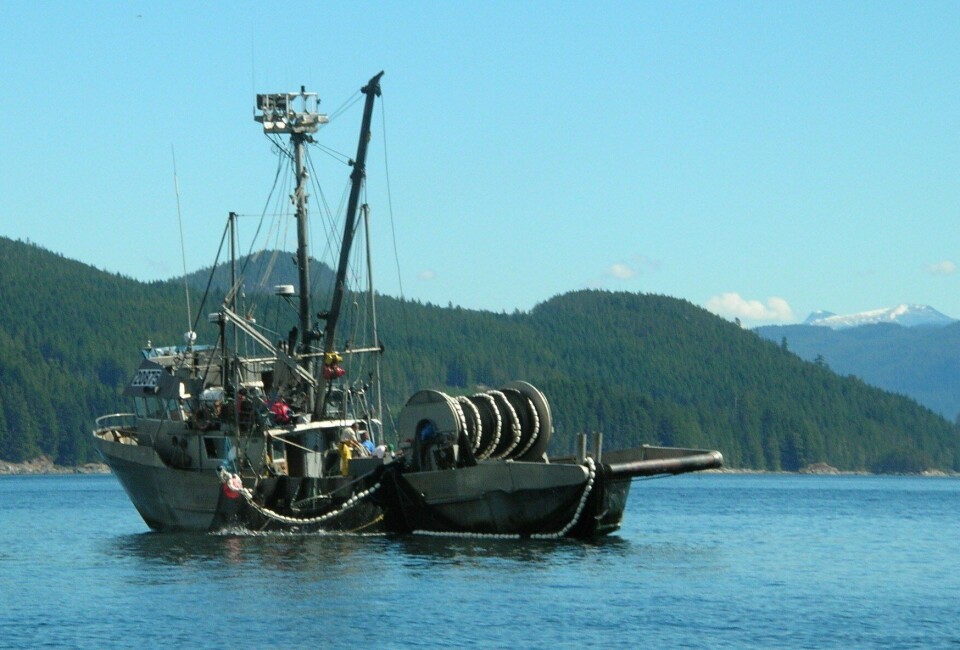
Market outlook good for Alaska salmon fishers
FishfarmingXpert has previously complemented the competency of Professor Gunnar Knapp from the Institute of Social and Economic Research at the University of Alaska in Anchorage with respect to non-biased reporting about the state of economics related to both farmed and wild salmon resources. At this time of the year, much excitement is building among salmon fishers in the North Pacific- who usually end up selling their catch to processors or wholesalers without having much input into the determination of the final selling price. Some salmon fishers have managed to create a niche market through the branding of products from a specific watershed like the Copper River, and others have been able to obtain a premium by adopting harvesting methods used in the farmed salmon industry, but in general, salmon fishers in the U.S. and Canada are subject to market forces often beyond their control.
This year, Alaska Fish Radio- which is supported by Ocean Beauty Seafoods- is “celebrating 103 years of partnership with Alaska’s coastal communities”. A recent report by Laine Welch describes the reason why Professor Knapp is optimistic about the market situation for Alaska salmon fishers this year- especially those who will be fishing for Sockeye salmon;
Alaska trollers have been out on the water for king salmon all winter, and in a few short weeks, the 2013 salmon season will officially kick off at Copper River. That was the take home message by University of Alaska fisheries economist Gunnar Knapp at a meeting in Dillingham, Alaska. Knapp cited three key factors for the short term outlook: lower sockeye harvests with strong demand, strong canned salmon markets with low inventories, and strengthening prices for farmed salmon. Alaska wild salmon tends to follow the price trends for farmed Atlantic salmon, which now accounts for two-thirds of world supply. Other positive trends for Alaska show a steady increase in the value of pink salmon – nearly two-thirds of the pink pack was frozen in 2011 instead of going into lower value cans – that compares to less than 20 percent being frozen in the late 1990s.
Almost all of the frozen pinks go to China – but not to be eaten by the Chinese. The salmon is made into fish portions and entrees and other products and sent back to markets in the US and Europe. Knapp’s 10 year overview shows that the dockside value of Alaska’s salmon harvests jumped from $164 million ~€ 125 million) in 2002 to $603 million (~€ 460 million) in 2010. The wholesale value surged from $466 million (~€ 355 million) in 2002 to $1.5 billion (~€ 1.14 billion) in 2011. He points out that there has been significant inflation, and a dollar had 30% higher purchasing power in 2002 than it did in 2012.
Knapp credits the good showing by the Alaska salmon industry since 2002 to sustained and effective niche marketing, diversifying and expanding markets, new products, improved quality, and increased appetites for salmon around the world. But going into the 2013 salmon season, he always cautions that only one thing is for sure – The most certain thing is that something will happen to surprise us.
Last year’s preliminary numbers show that the Alaska salmon fishery netted some 286,200 tonnes of salmon that was worth about $ 506 million (~€ 386 million) or $ 1.77 (~€ 1.35) per kilo. Of this, about 95,900 tonnes were sockeye salmon, which sold for an average price of $ 2.56 (~€ 1.95) per kilo.






















































